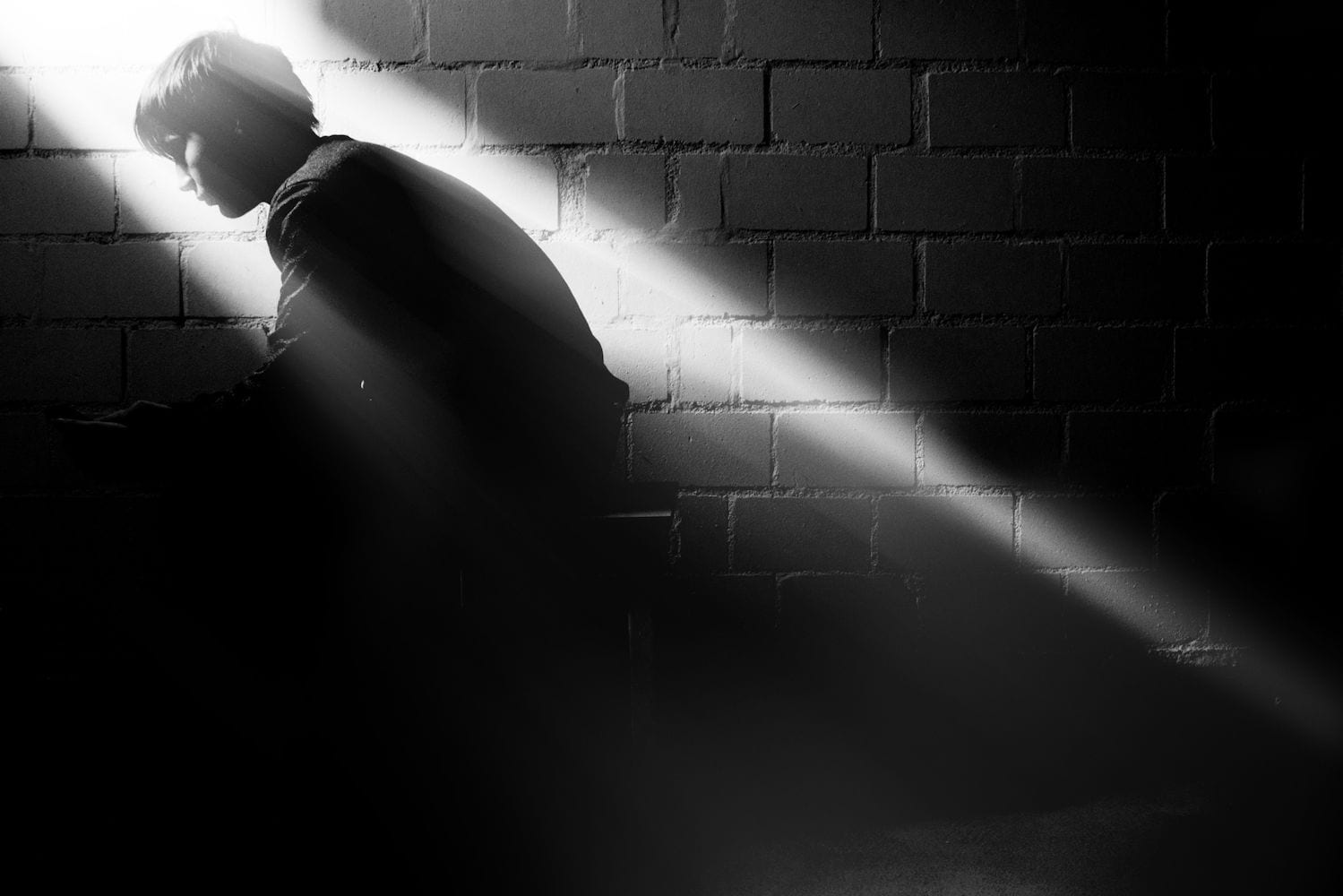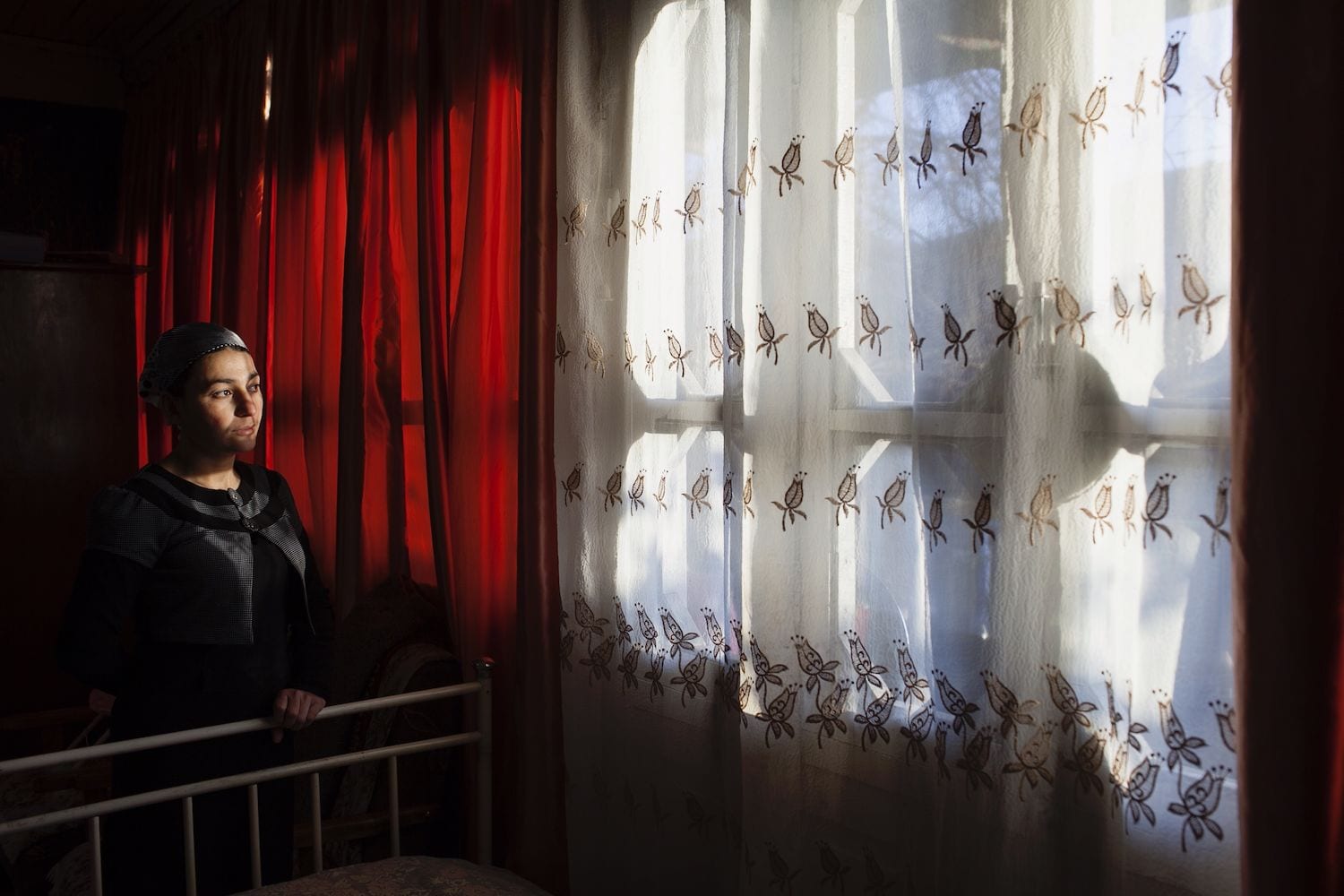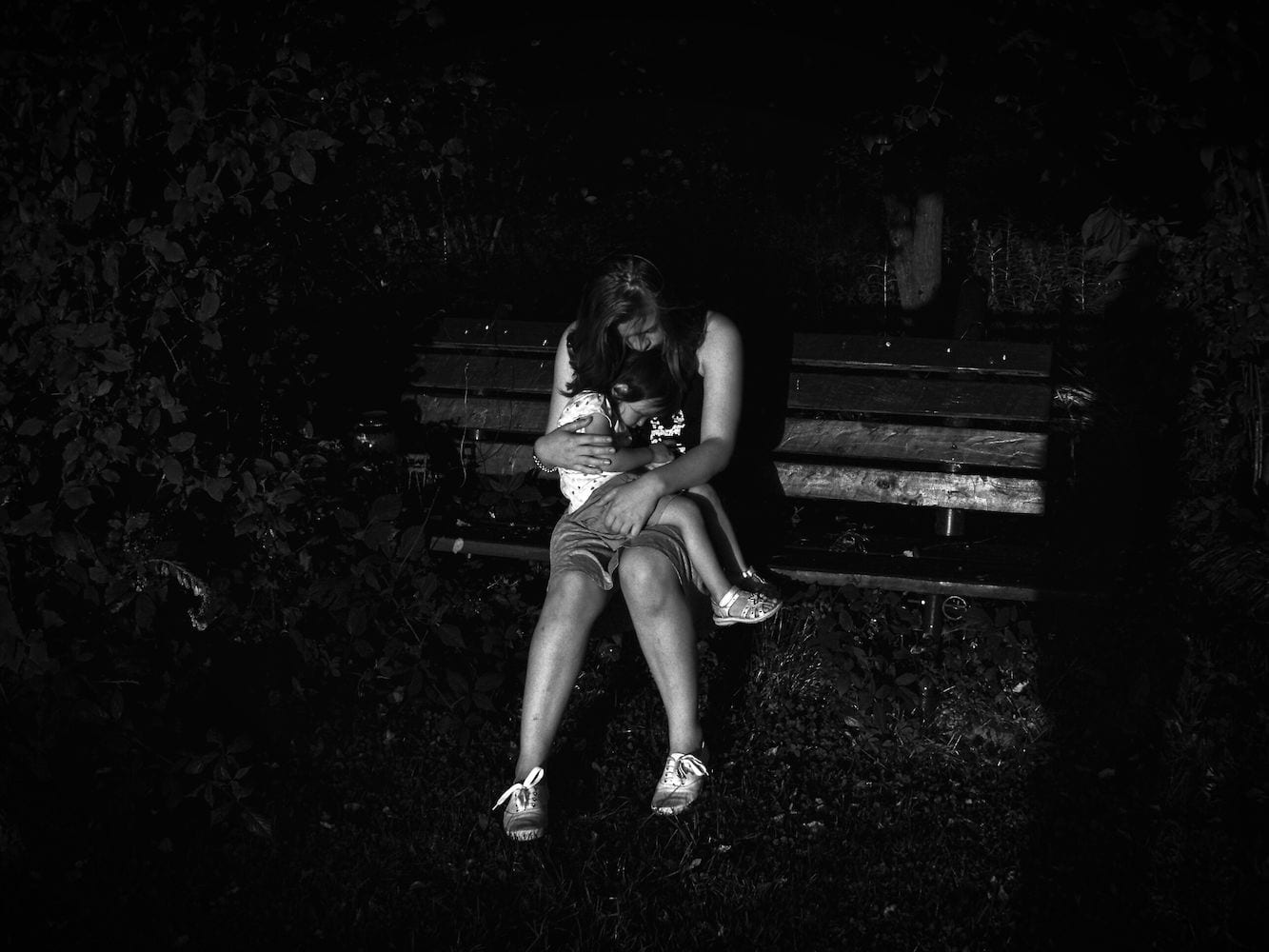Founded five years ago, EyeEm has gone through several iterations – at once an online photographic community, a social network and a magazine. Their most recent and successful business model has been as a marketplace for imagery, giving photographers the chance to sell their images via agencies like Getty Images.
While the Berlin company is clearly more aligned with the tech industry’s Silicon Valley DNA, they’ve been making in-roads with serious photographers. They recently held their first EyeEm festival in Germany, receiving 100,000 entries. Now, they’ve teamed up with VII Photo Agency to find the best emerging talent on their platform under the banner of Untold Stories.
“It came from several discussions I had with Ed Kashi and Ron Haviv,” explains Severin Matusek, Vice President of Community at EyeEm. He was impressed with VII’s sought-after mentorship scheme which has ran since 2008, connecting young photojournalists with an experienced VII photographer for two years and gain the benefit of their knowledge and experience.
“I wanted to do something similar with EyeEm, but with amateur shooters. Most people applying for the VII Mentor Program are already working photojournalists; we have some in our community, but most members don’t have the intention of becoming photojournalists just yet.
VII photographers Maciek Nabrdalik, Donald Weber and Sarker Protick judged the entries, which were announced last week. Rafael Graf has won the main prize; the young Swiss is untrained with no journalism experience and is only 15. The runner ups are Tako Robakidze from the Republic of Georgia and Jay van Hinten from Ronsahl, Germany, along with 16 photographers receiving honourable mentions.



“There’s a big discussion in photojournalism now about how much it’s changing, because everyone has a phone now. People in places like Pakistan and Nigeria where traditionally, photojournalists are sent to get their stories, there are now people with cameras already there that could potentially capture these stories.”
While much of the modern mobile photography ecosystem has been sewn up by Instagram, EyeEm is confident that it can carve out a niche in what is still a fast-growing area across the world.
“We’re in over 150 countries and have all seven continents covered, so we’re very international. It’s a more sophisticated platform, especially incorporating meaningful partners like VII,” Matusek says.
“We have attracted a certain specific audience of people who I would still class as amateur shooters: people who definitely have a real interest in photography, who might go and buy a professional camera one day, who might have a few photo books at home and are interested in learning more about it.”
EyeEm is trying to thread a very thin needle – attracting venture capital, gaining the respect of the photography industry and perhaps most importantly, discovering unknown talent. For Matusek, this grey area between traditional photojournalism and smartphone owners is fertile ground for their community and photography as a whole:
Agencies could also say ‘we don’t collaborate with any of these phone shooters, they are a threat to our existence’, but I think it’s great that the whole notion behind VII is very much about educating the next generation and passing on the torch; this is was an important part of this collaboration.”
Learn more about the collaboration here.
